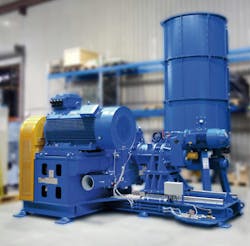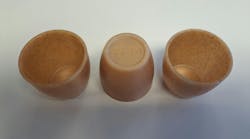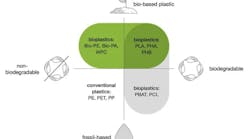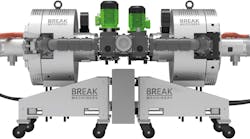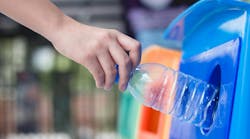HV 70 Herbold Meckesheim’s most powerful plastcompactor can agglomerate even low-bulk-density materials into high-bulk-density recycling feedstocks. Its adjustable feeding screw continuously transports granulated material from the machine’s buffer silo into its working zone, which includes a rotating and fixed compactor disc, in a controlled manner. It can handle a range of materials including thermoplastics such as fibers, fine particles, small tapes, foams, stretch or thin films, powders or shavings, as well as plastics that are difficult to convey, stock or mix. Special dosing units mounted above the feeding screw can be used to incorporate various additives such as lubricants, plasticizers or color pigments.
What’s new? Numerous changes, including a more compact design, new disc geometry and features that automate the plastcompactor’s operation. The machine has a fully automatic control system that can record settings for various feedstocks.
Benefits Powerful, fast, versatile compaction with minimal thermal impact on feedstock, resulting in high throughput of feedstocks that offer advantages to processors. Changes to the plastcompactor’s silo and feeding device now allow it to process even more complex materials, including materials with low bulk densities and difficult flow characteristics. Using the plastcompactor simplifies the processing of feedstocks, such as PET. Once compacted, feedstocks run through the plastcompactor exhibit high bulk density and do not require special silos for storage. They can be easily discharged and conveyed — an advantage over flakes processed with conventional machinery. In addition, the agglomeration process partially crystallizes PET, making the recycled material easier to process in preform injection molding machines or film extruders with gravimetric dosing. Also, the energy consumption for extrusion is lower and the throughput of the extruder is higher. Wear costs of the plastcompactor are low, and the upgrades make the machine more reliable, requiring less manual intervention.
Herbold Meckesheim USA, Resource Recycling Systems Inc., North Smithfield, Rhode Island, 401-597-5500, www.herboldusa.com
